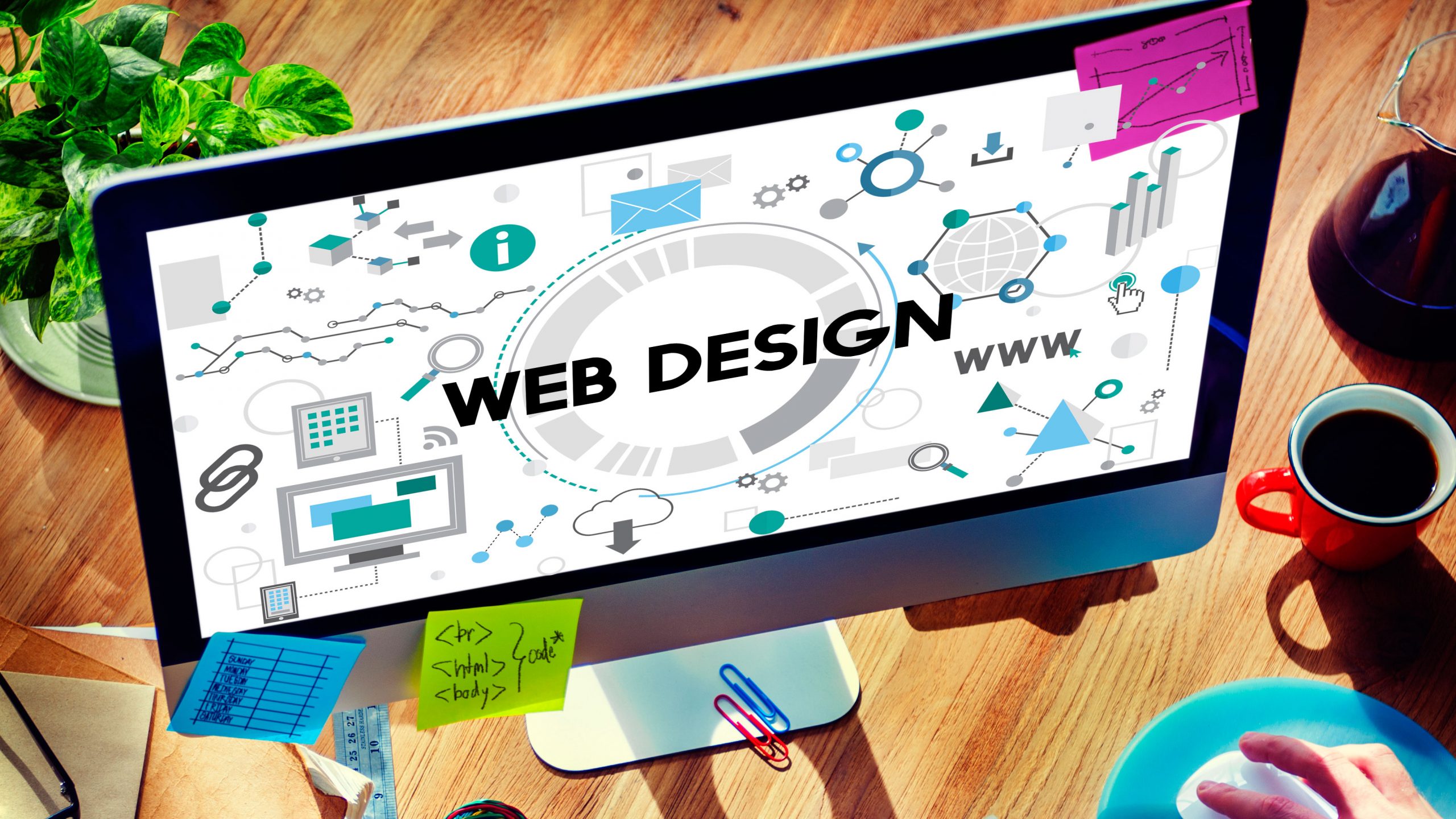The Future of Web Design: Embracing Innovation and Adapting to Evolving User Needs

The field of web design has constantly evolved over the past decades as new technologies emerge and user behaviors and expectations continue to change. Looking ahead, the future promises even more exciting innovations that will shape digital experiences along with new complexities and challenges that designers must adapt to. By embracing upcoming trends and focusing on human-centered principles, web designers can continue delivering outstanding user experiences.
Rise of Web 3.0
One coming shift is the rise of Web 3.0, which will usher in more immersive, decentralized online experiences through technologies like blockchain, artificial intelligence, and virtual and augmented reality. The metaverse concept blending digital and physical worlds will likely disrupt websites as we know them. Designing for integrated virtual environments and components like avatars requires rethinking practices.
Voice-first User Interfaces
Another major trend will be designing for voice-first user interfaces as smart speakers, assistants, and interactive chatbots keep proliferating. Conversational UI principles will shape information flows to be more natural and contextually relevant. Voice UX introduces new demands around error prevention and recovery.
Expanding Canvas
The expanding canvas available for design expression also brings opportunities. Foldable screens, connected cars, wearables, and IoT devices present new environmental considerations and flexibility requirements. Component-driven design enables adapting and reusing elements across contexts.
AI-enhanced design workflows
AI-enhanced design workflows are on the horizon as well, with machine learning assisting designers on rote tasks to augment creativity. However ethical risks around data privacy, algorithmic bias, and misuse of AI for automation must be addressed carefully. If harnessed properly, AI can provide insights to designers.
Personalization and Customization powered by analytics and ML
Greater personalization and customization powered by analytics and machine learning will allow tailoring experiences to user needs and contexts like never before. However, principles of data minimization and privacy preservation must be upheld. More user control over customization provides one path.
Inclusive Design
Accessibility principles and inclusive design will rightly shift from specialty practice to standard practice as digital experiences spread everywhere. Considering diverse users and abilities will minimize exclusionary patterns and maximize equal participation online.
Human-centered design
Despite rapid technology disruption on the horizon, maintaining a human-centered design ethos focused on understanding users will remain vital. Practices like user research, interactive prototyping, and usability testing enable designers to creatively solve problems for people first, then find technical solutions.
Scaling Design Systems
As design systems scale exponentially in complexity to enable these immersive, integrated future experiences, new approaches will emerge to streamline collaboration and governance. Design operations teams, modular component architectures, and automation will help manage unwieldy systems.
Balancing Innovation and Human-Centered Design
Of course, the exact trajectory of the web’s evolution remains impossible to predict precisely. However, balancing the adaptation of emerging technical possibilities with research-grounded principles focused on human needs will ensure web designers continue pioneering outstanding digital user experiences into the future.

